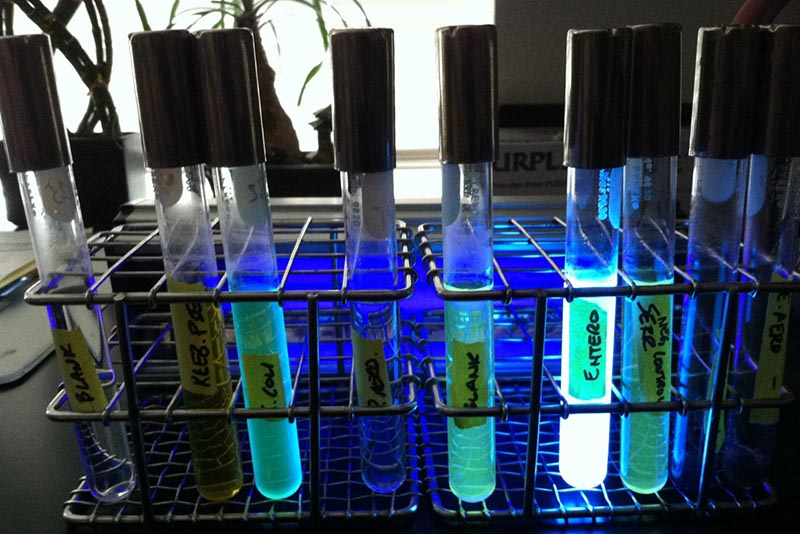Swimming standards & saltwater quality
The BEACH Program collects fecal bacteria data each year from Memorial Day through Labor Day and, at selected beaches, throughout the winter. Local health departments issue water contact advisories or closures at swimming beaches. The BEACH Program communicates the risk to the public.
Decisions to post swimming advisories are based on the amount of enterococci bacteria in the water that indicates human or animal feces are present. Enterococci are bacteria that inhabit the intestine but can cause inflammation and blood infection if introduced elsewhere in the body (e.g., by injury or surgery).
Water quality criteria for decision-making
The BEACH Program's water quality decision criteria are based on EPA's National Beach Guidance and Required Performance Criteria for Grants.
The fecal indicator enterococci is used, because this indicator better correlates with swimming-related illness than other fecal indicators, like fecal coliform or E.coli.
To protect swimmers' health, BEACH uses a Beach Action Value. If enterococcus levels exceed 104 enterococci/100 mL, a beach advisory is issued by a local health jurisdiction.
The EPA's saltwater swimming criteria are in two parts:
- The geometric mean* should not exceed 30 enterococci/100 mL, based on results from a minimum of five weekly samples and a maximum of 12 weekly samples.
- The statistical threshold value* should not exceed 110 enterococci/100 mL, based on results from a minimum of five weekly samples and a maximum of 12 weekly samples.
If either of these criteria is exceeded, a local health jurisdication may consider issuing a permenant advisory at a particular beach.
* The geometric mean and statistical threshold value concentrations are based on the arithmetic average of the three samples collected at a single beach for the day.


